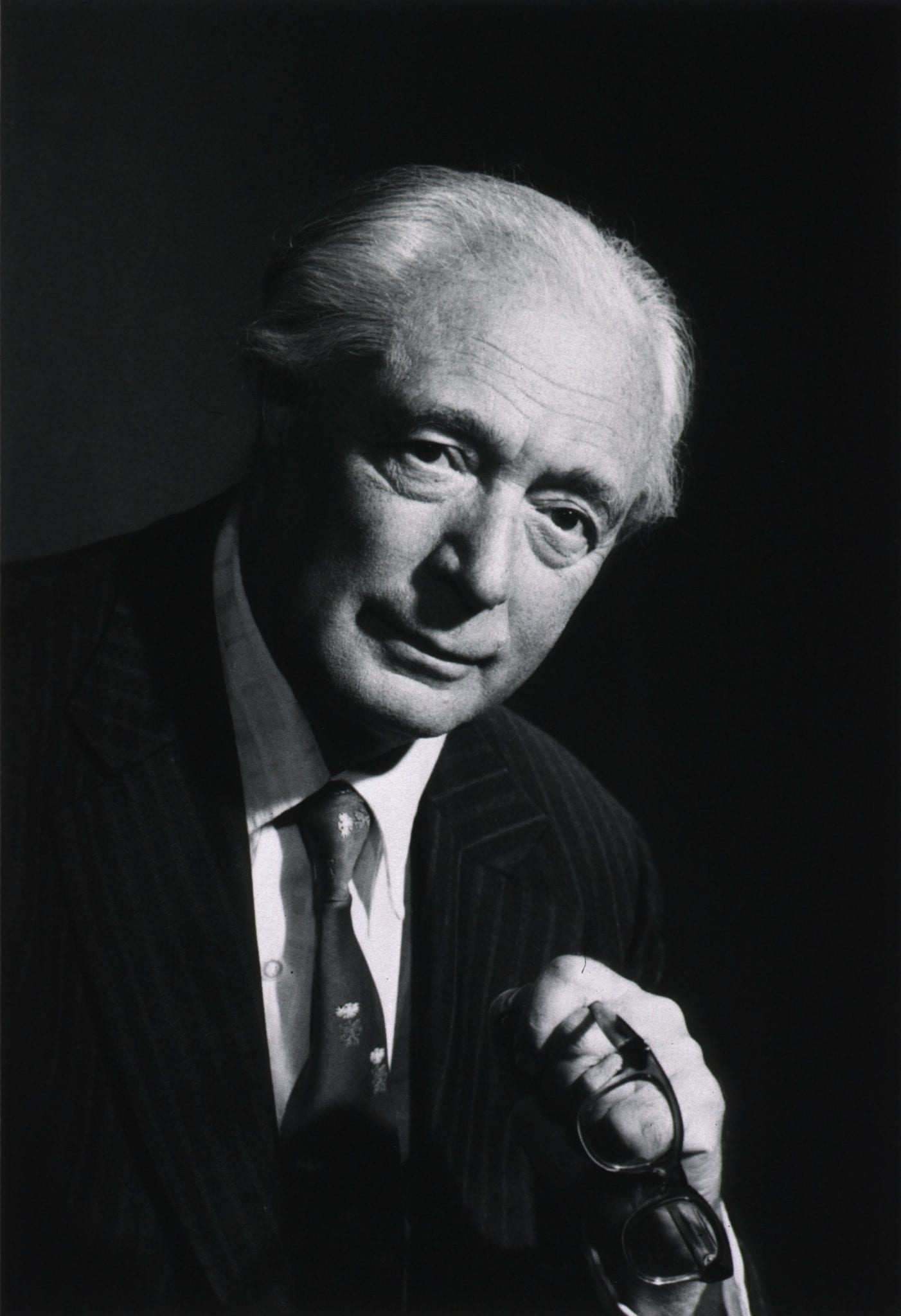Joseph Burns
Yehuda Shapir
New Hyde Park, New York, United States

As the tenth anniversary of the passing of Dr. Richard J. Bing approaches, the occasion offers an opportune moment to reflect on the life and momentous achievements of an eminent cardiologist.
Richard J. Bing was born in Nuremberg, Germany on October 12, 1909.1 His father was an amateur botanist, art historian, and hops vendor and his mother was a professional singer.2 Bing demonstrated an aptitude for music from a young age and composed from the age of eight.3 As a teenager, he pursued piano and composition at the Master Class of the Nuremberg Conservatory.1, 3 He graduated from the University of Munich in 1934 under the tutelage of Dr. Otto Frank.1 During this time, he continued with piano lessons and became infatuated with the work of Franz Schubert.3 Fleeing to Switzerland to escape Nazi persecution, he completed a second medical degree in 1935 from the University of Bern.1, 2 After a year with the university hospital department of surgery in Bern, he accepted a research fellowship at the Carlsberg Biological Institute in Copenhagen, Denmark, where he first became interested in perfusion after a meeting with Alexis Carrel and Charles Lindberg.1 This team had developed a machine for whole organ perfusion.2 As Bing was fluent in Danish, German, and English, the Carlsberg Institute viewed him as the ideal candidate to visit the Rockefeller Institute to master this technology, then return to Copenhagen to teach it.2
In 1936 Bing began at the Rockefeller Institute.2 After eleven months, he planned to return to Denmark, but the threat of Nazi invasion prompted him to accept a position at Columbia University alongside Dr. Allen O. Whipple, where his research in renal vasopressors rapidly accelerated the study of crush-related kidney injury.1 In 1938 his landmark article “The Perfusion of Whole Organs in the Lindberg Apparatus with Fluids Containing Hemocyanin as Respiratory Pigment” was published in Science.4
From 1943 to 1945 Bing served in the Army Medical Corps, accepting a role at Johns Hopkins University on completing his duties and beginning research on cardiac metabolism, blood flow, and contraction mechanisms.1 At Johns Hopkins, he established the first congenital cardiac catheterization laboratory at the request of Dr. Alfred Blalock.1, 2 In 1949, in collaboration with Dr. Helen B. Taussig, he first reported the first description of a case of transposition of the aorta originating in the right ventricle with a subpulmonary ventricular septal defect, now known as the Taussig-Bing anomaly.2 In 1951 Bing accidentally advanced a catheter into the coronary sinus, discovering the usefulness of blood samples from this location in evaluating myocardial metabolism.1 He described his time at Johns Hopkins alongside Cooley, Bigelow, Mustard, Vandam, Spencer, and Hanlon with excitement and joy, as this team revolutionized congenital cardiology.2
In 1951 Bing chaired the catheterization laboratory at the University of Alabama and was a professor at Washington University of St. Louis until becoming the chairman of medicine at Wayne State University in 1956.1, 2 In collaboration with the Ford Motor Company, he began to pioneer the cardiac applications of positron-emission tomography.1
In 1969 Bing moved to Pasadena, California to work at the Huntington Medical Research Institutes alongside a professorship at the University of Southern California.1 Here his work, which he continued until the age of ninety-eight, included high-speed cinematography for visualizing the coronary vessels, post-myocardial infarction chemistry, and using nitric oxide to measure cardiac perfusion.1 In total, he authored more than 545 peer-reviewed articles.5
Outside of medicine, Dr. Bing composed more than 300 pieces of music and five novels in his later life.1 Close friends state that though Bing was pleased at the publication of his papers, he was most joyous when his pieces were performed.6 Composition was a solace, and he found renewal in music when frustrated by research.5 He attested, “Medical research and music have in common the drive to create,” and both were clearly an insatiable force in his life.6
Richard J. Bing died on November 8, 2010, at the age of 101.1 His contributions to medicine have transformed cardiology and his advances have changed the course of thousands of lives. His work continues to inspire scientists and clinicians across the globe with the reminder that “the love for the patient does not preclude the love for science.”3
References
- Cooley DA. In Memoriam: Richard J. Bing, MD, 1909-2010. Tex Heart Inst J. 2011; 38 (1): 3-4.
- Konstantinov IE. Taussig-Bing Anomaly: From Original Description to the Current Era. Tex Heart Inst J. 2009; 36 (6): 580-585.
- Taegtmeyer H. Richard J. Bing: Point and Counterpoint in Medicine and Music. Clin Cardiol. 1990; 13: 745-749.
- Bing R. The Perfusion of Whole Organs in the Lindberg Apparatus with Fluids Containing Hemocyanin as Respiratory Pigment. Science. 1938; 87 (2268): 554-555.
- Cheng TO. Happy 100th Birthday to Dr. Richard John Bing. International Journal of Cardiology. 2009; 137: 87-101.
- Stafford N. Richard J. Bing. BMJ. 2011; 342: d209
JOSEPH BURNS, MD, is a resident in pediatrics at Cohen Children’s Medical Center of New York in New Hyde Park, NY. He is a 2019 graduate of the Herbert Wertheim College of Medicine at Florida International University in Miami, FL. He is a native of Orlando, FL and an alumnus of Stetson University. He is passionate about the arts and community engagement. His interests include congenital heart disease and American Indian health. He hopes to pursue a career in pediatric cardiology.
YEHUDA SHAPIR, MD, is a senior pediatric cardiologist at Cohen Children’s Hospital of the Northwell Health System in NY. He is an assistant professor at the Hofstra Medical School. His main interest was clinical and echocardiography of the fetus, child, and adolescent. He was the director of the pediatric echo laboratory until recently. He is involved in clinical, research, and teaching pediatric cardiology.
Highlighted in Frontispiece Volume 12, Issue 4 – Fall 2020

Leave a Reply